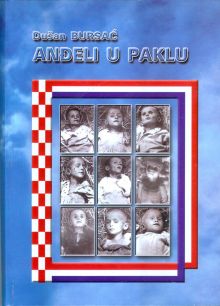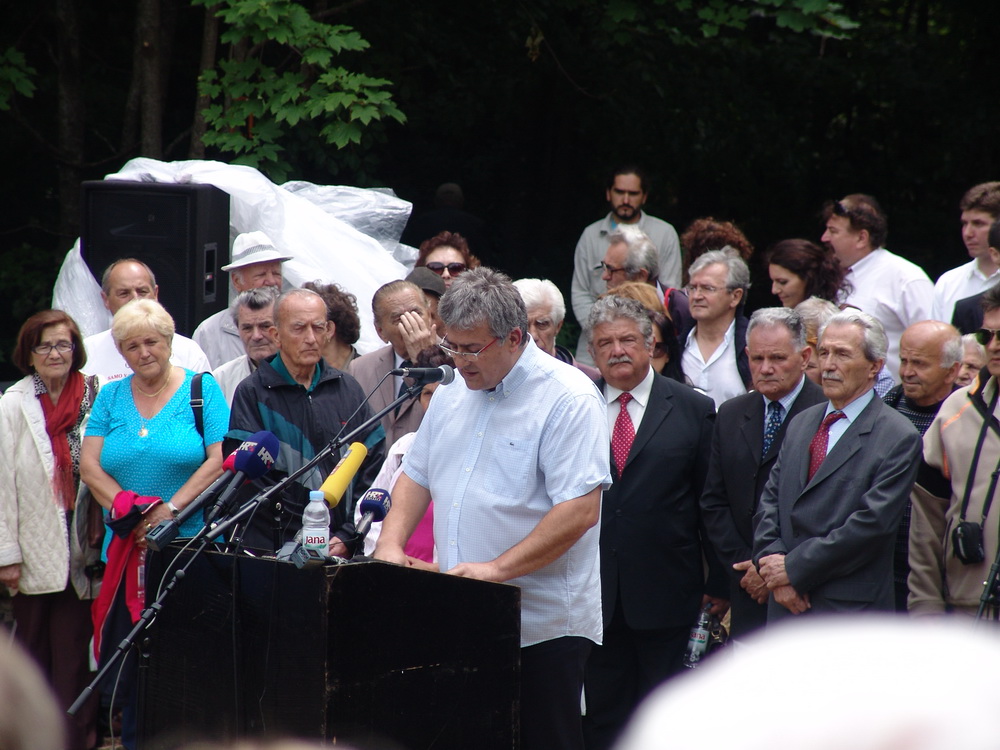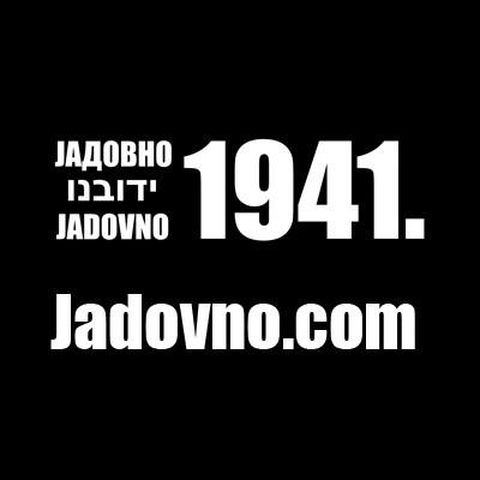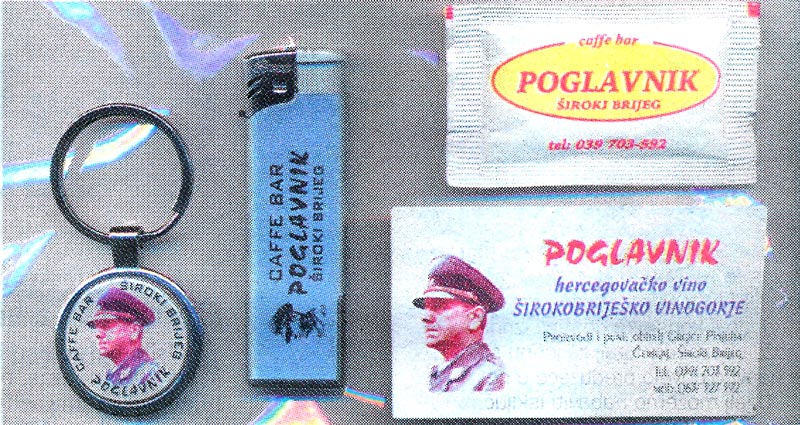Rade Gavrilović
He was born on 10 May 1933 in the village of Kadin Jelovac, Dubica County. He testifies: My parents were farmers. Our household was consisted of: father Teodor, mother Milka, both born in 1888; sister Mileva, born in 1925; brother Milan, born in 1927; Rade, born in 1933; Anđa, born in 1935; and Draginja, born in 1937. There were four children who died before the war As far as the property was concerned we used to have: a house, a stable, a corn crib and few small outbuildings. The cattle was consisted of: two oxen, a cow and a calf, one-year old heifer, then three pigs and a lot of




